Doctoral projects
Rational causal induction from time
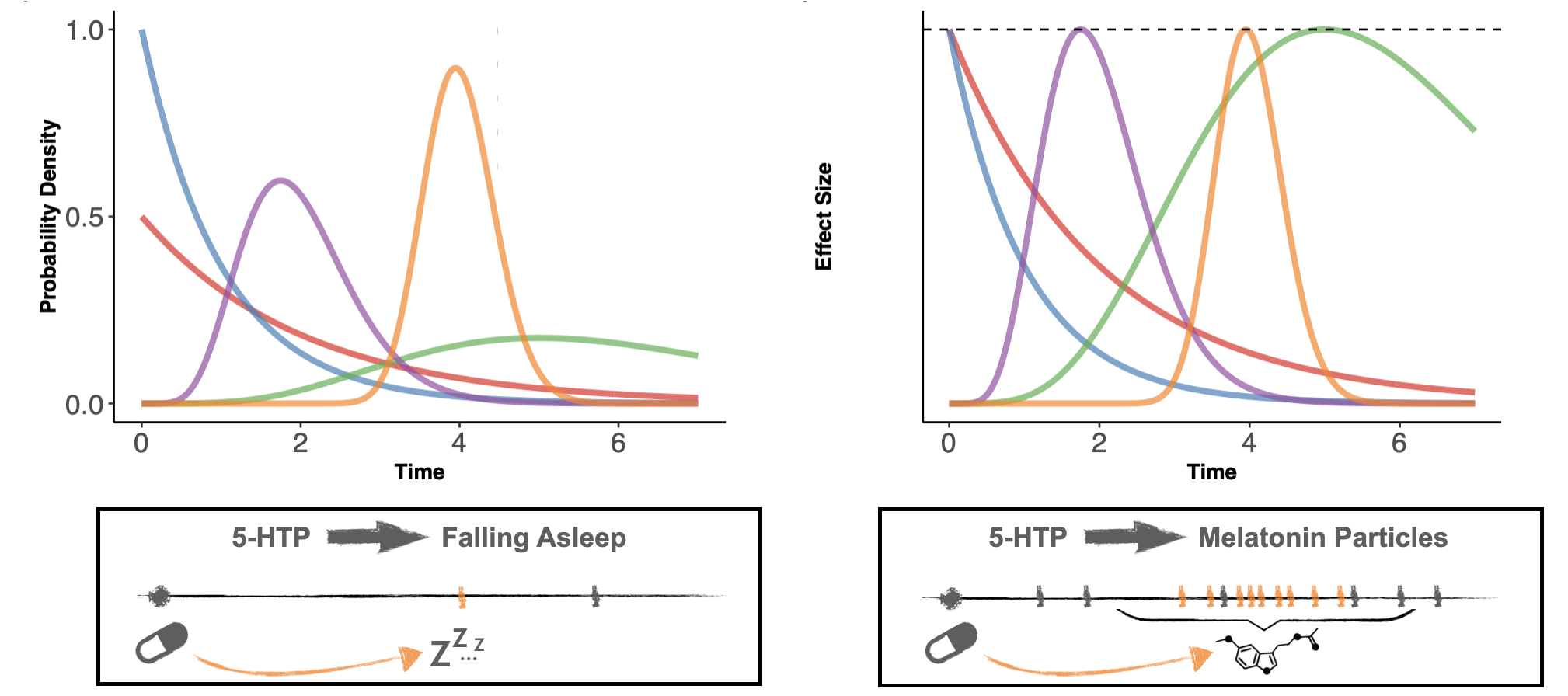
Sources:
Continuous Time Causal Structure Induction with Prevention and Generation

Image: Le Petit Prince
Sources:
Gong, T., & Bramley, N. R. (2023). Continuous time causal structure induction with prevention and generation. Cognition, 105530. [pdf] [osf] [demo]
Gong, T., & Bramley, N. R. (2021). Learning preventative and generative causal structures from point events in continuous time. In Causal Inference & Machine Learning workshop at 35th Neural Information Processing Systems conference}. [pdf] [poster]
Gong, T., & Bramley, N. R. (2020). What you didn’t see: Prevention and generation in continuous time causal induction. Proceedings of the 42nd Annual Meeting of the Cognitive Science Society. [pdf] [poster]
(MRes thesis)
Active Causal Structure Learning in Continuous Time
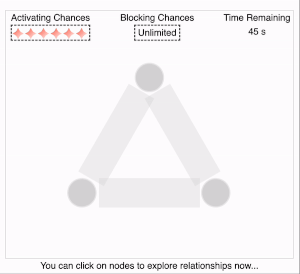
Sources:
Evidence from the Future

Sources:
Other projects during PhD
Understanding Spatial Neglect: A Bayesian Perspective

Sources:
Gong, T., Zhao, B., McIntosh, R. D., & Lucas, C. G. (2023). A rational model of spatial neglect. Proceedings of the 45th Annual Meeting of the Cognitive Science Society. [pdf] [github]
Gong, T., Zhao, B., McIntosh, R. D., & Lucas, C. G. (2023). Understanding spatial neglect: A Bayesian perspective. Proceedings of the Computational Cognitive Neuroscience Society Meeting 2023. [link]
Intuitions and Perceptual Constraints on Causal Learning from Dynamics
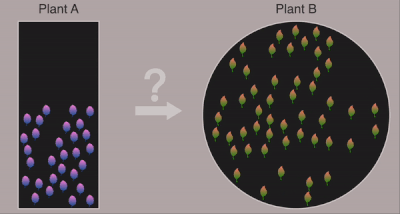
Sources:
Pre-doctoral
FAB: A dummy's Tool For Self-paced Reading Task
Self-paced reading paradigm has been popular in psycholinguistic research for several decades. FAB (named from Forward-And-Backward, but also, FABulous), is a dummy’s tool that helps researchers easily design, implement, and analyze their self-paced reading tasks. Its basis on web languages promotes experiment implement and material sharing in this open science era, while its form-based user interface does not require researchers to have any knowledge in programming languages. In addition, FAB has a unique forward-and-backward mode which can acquire the regressive-like behavior that is usually only be recorded by eye-tracking equipment. Try it if you are in psycholinguistics.
Wait a minute. FAB also support other experiments, since it can display stimuli (e.g., words, sentences, pictures, icons, mathematical formula, memorized items) and record the reaction time:) Use it to save your time for programming.

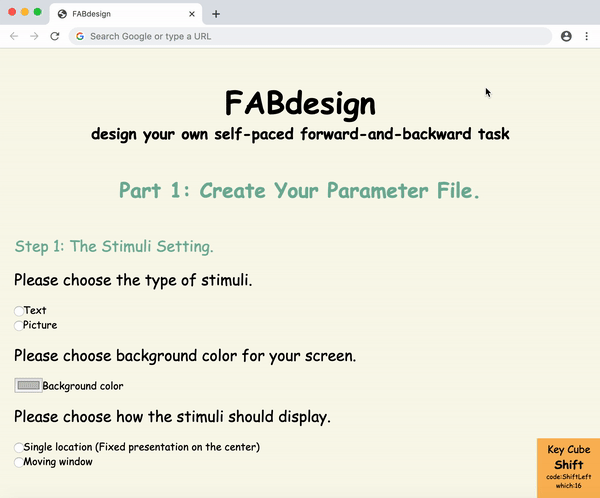
Sources:
Course Selection and Academic Performance Among University Students

Image:Twitter@GhibliGems
Course selection is an important issue for university students. This study investigates the relationship between course selection and overall academic performance among university students. Using anonymous transcripts from 1681 undergraduates across ten majors, we examined the association between elective course load or choices and academic performance while controlling for the influence of grade leniency. Results showed that students with higher academic performance tended to schedule more courses at the early stage of university, even when the average workload was already high. Additionally, students with different levels of academic performance showed differences in their elective course choices, with course choices positively associated with academic performance being rated as having a higher potential to satisfy extrinsic motivation but a lower potential to satisfy intrinsic motivation. We discussed the possibility of interpreting the association between course selection and academic performance from a psychological perspective.
Sources:
Gong, T., Li, J., Yeung, J, & Zhang, X. (2024). The association between course selection and academic performance: exploring psychological interpretations. Studies in Higher Education. [pdf]
(BSc thesis)
The Development of Cognitive Reflection in China
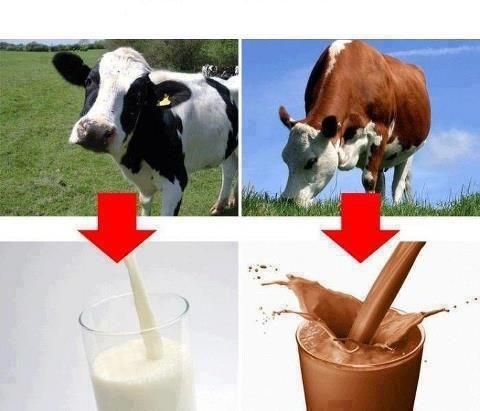
Image from the Internet.
Sources:
The Plausible Impossible

Image:Twitter@GhibliGems
Events that violate the laws of nature are, by definition, impossible, but recent research suggests that people view some violations as “more impossible” than others (Shtulman & Morgan, 2017). When evaluating the difficulty of magic spells, American adults are influenced by causal considerations that should be irrelevant given the spell’s primary causal violation, judging, for instance, that it would be more difficult to levitate a bowling ball than a basketball even though weight should no longer be a consideration if contact is no longer necessary for support. In the present study, we sought to test the generalizability of these effects in a non-Western context—China—where magical events are represented differently in popular fiction and where reasoning styles are often more holistic than analytic. Across several studies, Chinese adults (n = 466) showed the same tendency as American adults to honor implicit causal constraints when evaluating the plausibility of magical events. These findings suggest that graded notions of impossibility are shared across cultures, possibly because they are a byproduct of the interconnectedness of causal knowledge.
Sources:
Gong, T., & Shtulman, A. (2021). The Plausible Impossible: Chinese Adults Hold Graded Notions of Impossibility. Journal of Cognition and Culture, 21,(1-2), 76-93. [pdf]
Similarity-Induced Interference in Sentence Processing

Similarity-based theories of language processing predicts that the overlapping features (phonological,semantic, and pragmatic) of the tobeintegrated concepts in sentence could cause processing difficulties during online language understanding, particularly when the syntactic structure is complicated. Two noun phrases were embedded in objectrelative vs. subjectrelative clauses, and pragmatic similarity of the two phrases (similar: two male or two female proper names vs. dissimilar: one male and one female proper names) was further manipulated. Participants read the sentence in a selfpaced moving window fashion and answered a comprehension question immediately after reading each sentence. Results revealed that neither similarity, syntax nor their interaction affected online measures of sentence processing, however, offline comprehension showed the predicted pattern that similarity impaired reading comprehension and this effect was exaggerated when syntactic structure was more complex. These results implied that similarity-based theories of language processing might not apply to online integration of pragmatic information during complex sentence understanding. Further investigation with even more complex syntactic structures is under way to test this speculation.
Sources:
Gao, X., & Gong, T. (2018). Similarity-Induced Interference in Sentence Processing: The (Missing) Role of Pragmatics. Poster presented at the 30th APS Annual Convention. San Francisco, CA, USA. [poster]
Automaticity and SNARC effect in Numerical Cognition
Research on adults' numerical abilities suggests that number representations are spatially oriented. Dehaene et al. (1993) named such association of numbers with spatial response as the “SNARC (i.e., spatial–numerical association of response codes) effect,” wherein the right side (e.g. right hand) responds faster than left side when shown larger numbers (and vice-versa when shown smaller numbers).
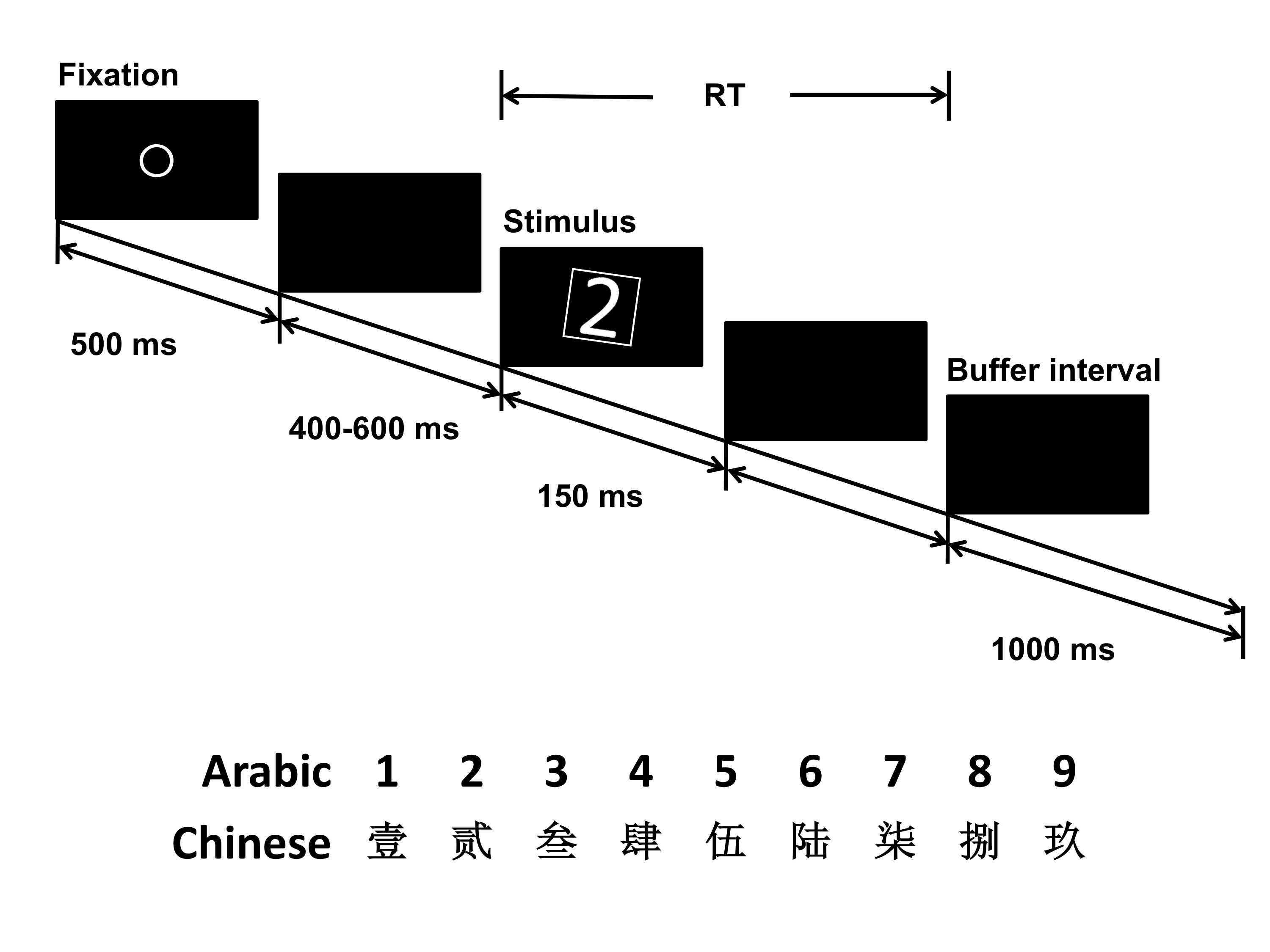
Given that the SNARC effect serves as an automaticity index of cognitive process, we assume that the SNARC effect is influenced by familiarity. That is, compared to the numerical notation we are not familiar with (e.g. English words, Chinese characters), Arabic digits are more likely to trigger SNARC effect. To test this assumption, we introduced an adaptive procedure based on a simple perceptual orientation task that equates the mean reaction time difference between Arabic digits and traditional Chinese number words. Our results suggested that the SNARC effect interacted with notation, showing a SNARC effect for Arabic digits, but not for verbal numbers, challenging the view that notation does not affect numerical processes associated with spatial representations.

The SNARC effect can be generated in a relationship between space and other ordinal sequences––even weak ordinal information. We tested the SNARC effect in a color word sequence: Red, Orange, Yellow, Green, Blue, Indigo, and Violet (ROY-G-BIV) and found a reliable SNARC-like effect for Chinese color words, suggesting that without access to any quantitative information or exposure to any previous training, ordinal representation can still activate a sense of space. The results also support the inference that weak ordinal information without quantitative magnitude encoded in the long-term memory can activate spatial representation in a comparison task.
Sources:
Gong, T., Li, B., Teng, L., Zhou, Z., Gao, X., Jiang, T. (2019). The Association between Number Magnitude and Space is dependent on notation: Evidence from an adaptive perceptual orientation task. Journal of Numerical Cognition.[pdf] [slides]
Yu, S., Li, B., Zhang, M., Gong, T., Li, X., Li, Z., …, & Chen, C. (2020). Automaticity in processing spatial-numerical associations: Evidence from a perceptual orientation judgment task of Arabic digits in frames.PloS One, 15(2), e0229130.[pdf]
Zhang, M., Gao, X., Li, B., Yu, S., Gong, T., Jiang, T., Hu, Q., & Chen, Y. (2016). Spatial representation of ordinal information. Frontiers in psychology, 7, 505.[pdf]